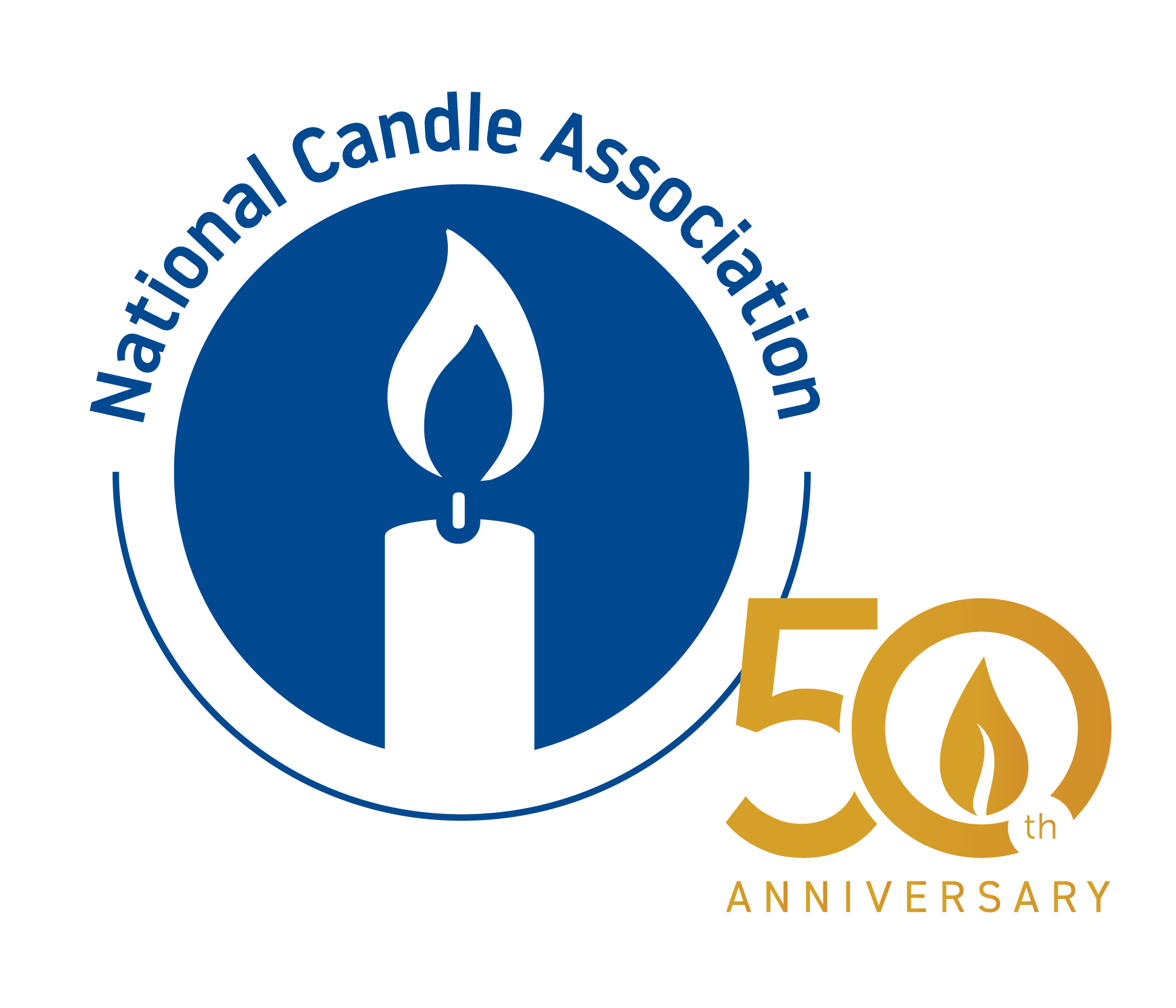Elements of a Candle: Colorants
EXPLORE CANDLES
Become a Member
Candles are available in a seemingly endless palette of colors, from luminescent shades of ivory and pastels to deep rich jewel tones, metallics and chromatic layers.
In addition, candle manufacturers introduce new hues and shades each year, reflecting the emerging color trends in interior design and fashion.
Although candle color is the second-most important factor (after fragrance) for influencing consumer purchasing decisions, color and fragrance are closely linked. In fact, research has shown that consumers expect the color of a scented candle to mirror their psychological perception of the fragrance. A cinnamon-scented candle, for example, is expected to fall somewhere in the red-bronze palette, while “mountain breeze” draws expectations of a candle in the pale blue or green shades.
Reputable candle manufacturers must combine the art and beauty of color with the science of candle formulation to develop aesthetically pleasing candles that will burn properly and safely. Selecting the proper type and amount of colorant to use in a candle will vary according to the type of wax, wick and fragrance used in formulating the candle.
Dyes vs. Pigments
Specially-formulated pigments and dyes are used to color candles. Dyes have different properties from pigments, and are used to create varying effects. In general, pigments are used to coat the outside of a candle with color, while dyes are used to color the candle throughout.
Dyes
Available in both liquid and powder form, dyes give a candle its translucent color. Dyes also provide the candlemaker with a large degree of control over a color’s shade. Because dyes are easily combustible, they will not clog a wick, and generally have a minimal effect on the burn performance of a candle with color.
Pigments
Pigments are microscopic, suspended color particles that create a solid wall of color, similar to paint. They do not dissolve, migrate or “bleed,” and thus are not as susceptible to color fade as dyes. Pigments usually do not burn well, and the color particles will clog a wick if burned. This makes them unsuitable for a candle that is colored throughout and meant to be burned, but useful for coating the outside of the candle.
Both pigments and dyes are safe when used as intended, and there are no known health concerns with either type of colorant. NCA members use high-quality dyes and pigments that are recognized as safe for combustion.
Colorant Formulations
Reputable candle manufacturers work closely with colorant companies to develop color formulations that will match the burn characteristics of the candle and provide the exact desired shade.
The addition of colorants will not cause a properly-formulated candle to soot. Sooting is primarily a function of wick length and flame disturbance.
Candle dyes can be affected by heat, light, fragrance and other agents in a candle. These harmless reactions can slightly alter a candle’s color over time, but will not affect the candle’s burn properties or safety.



